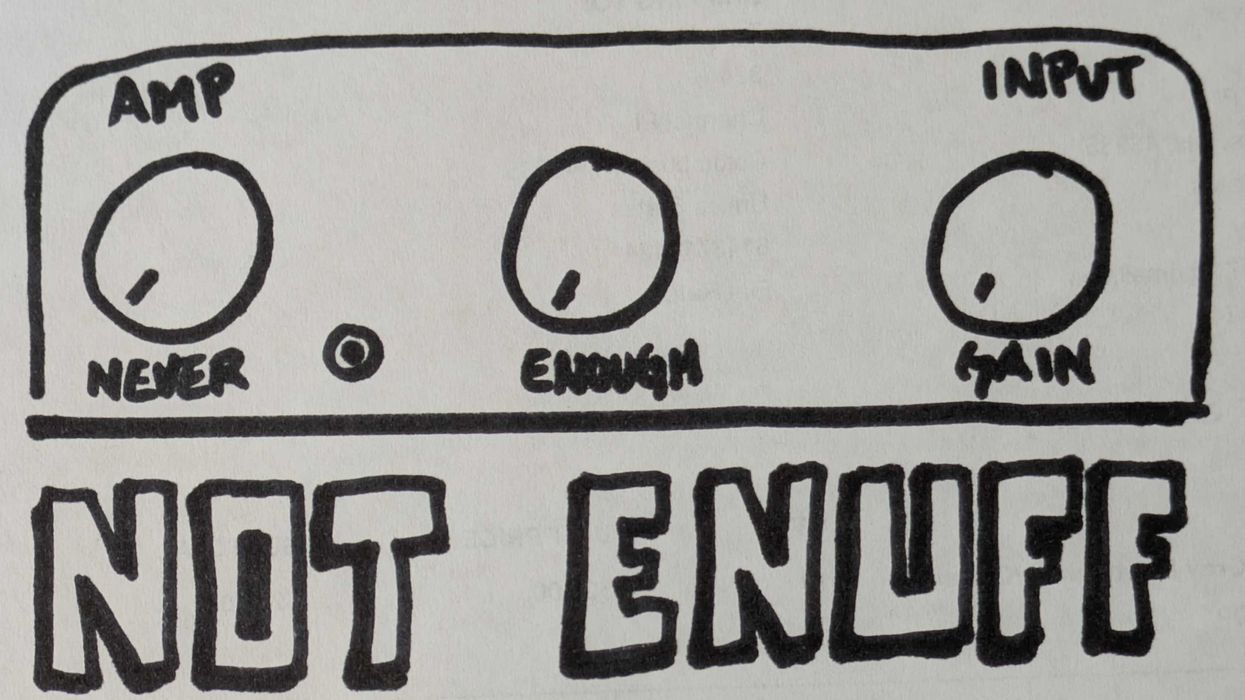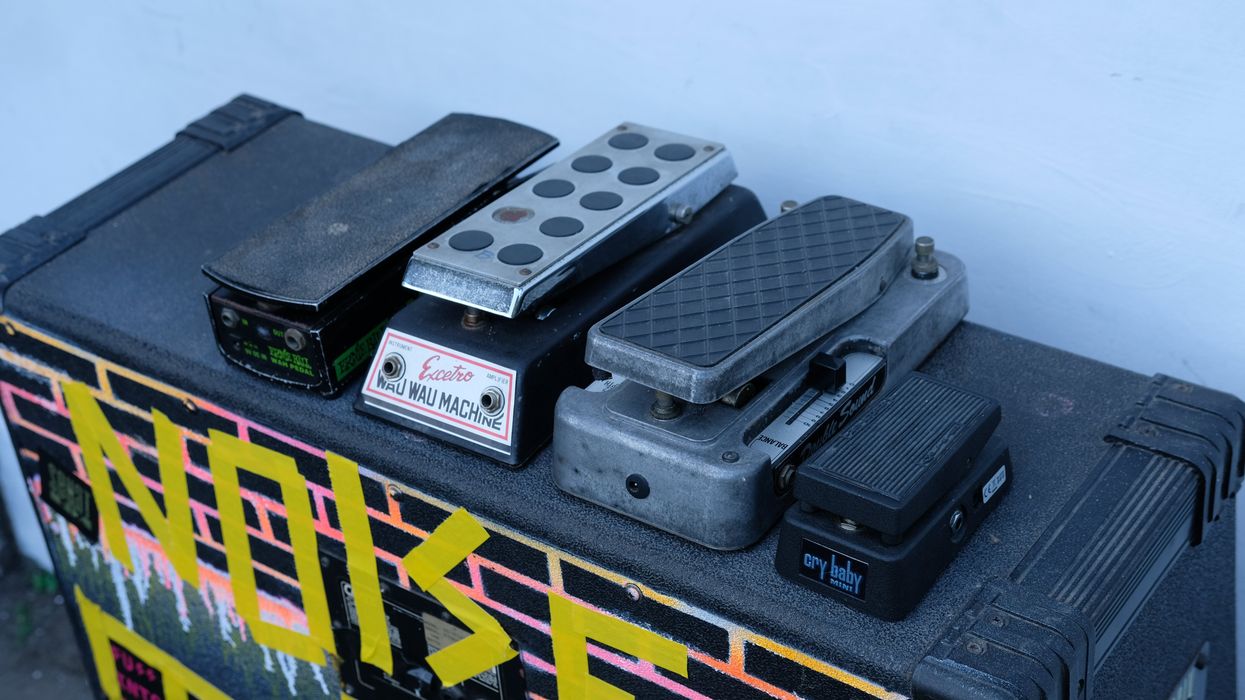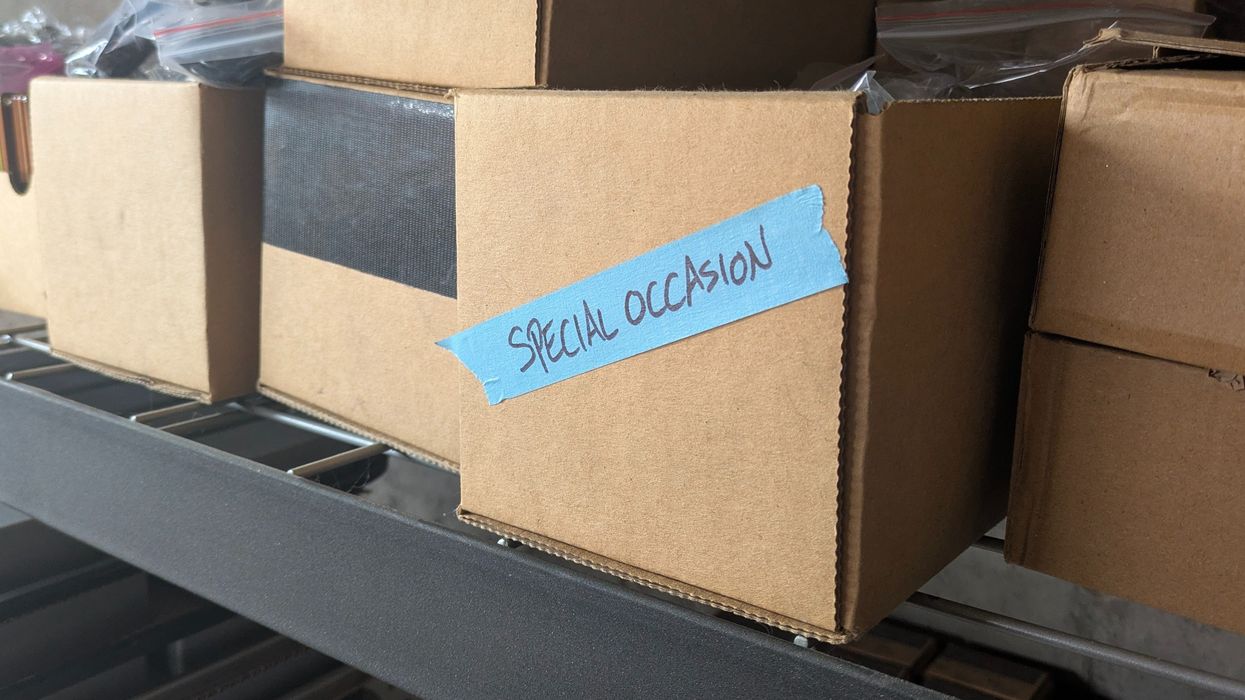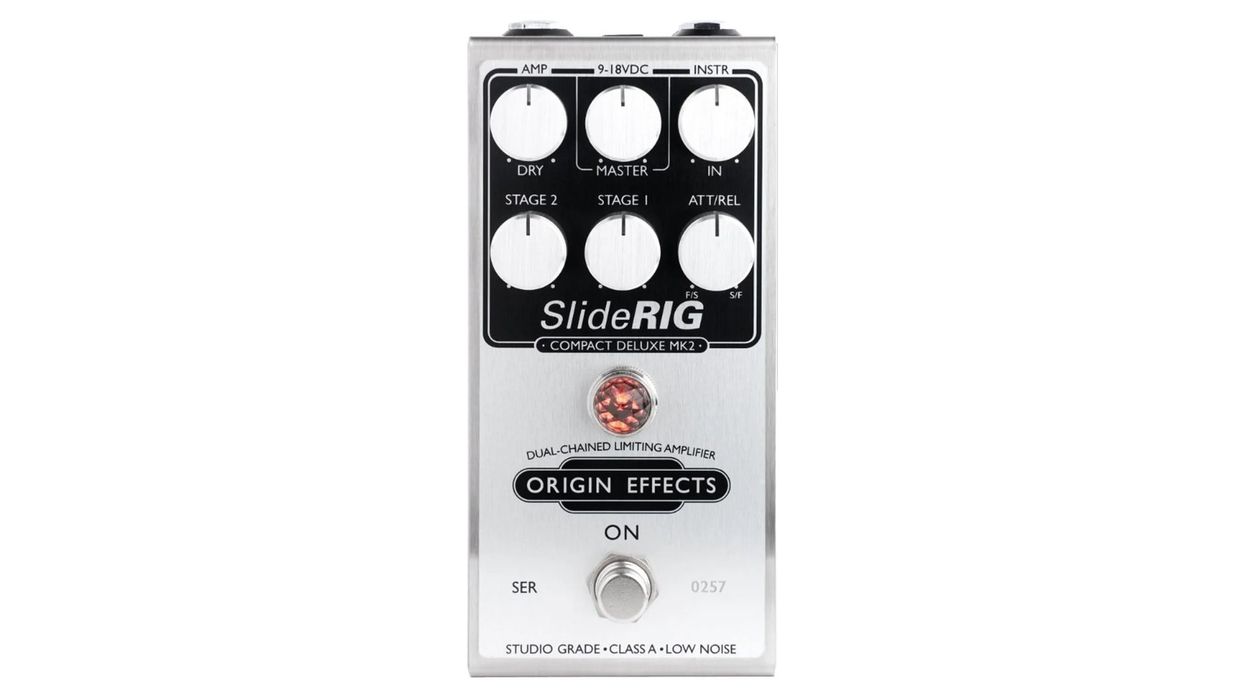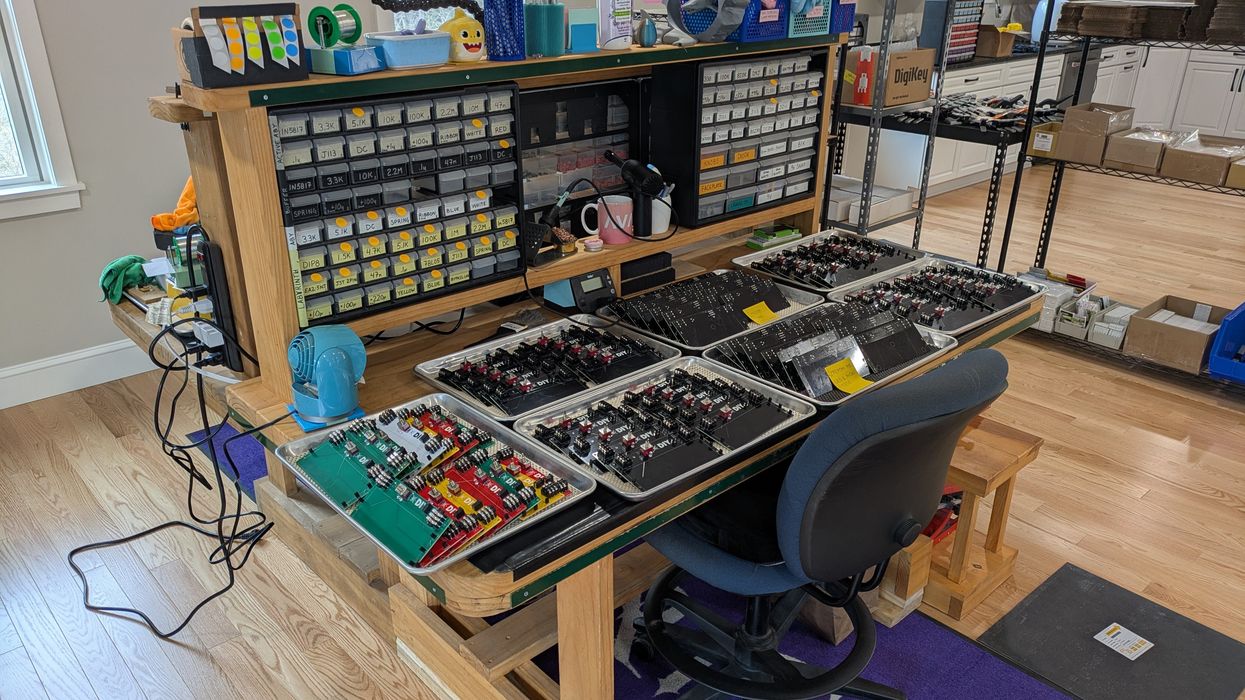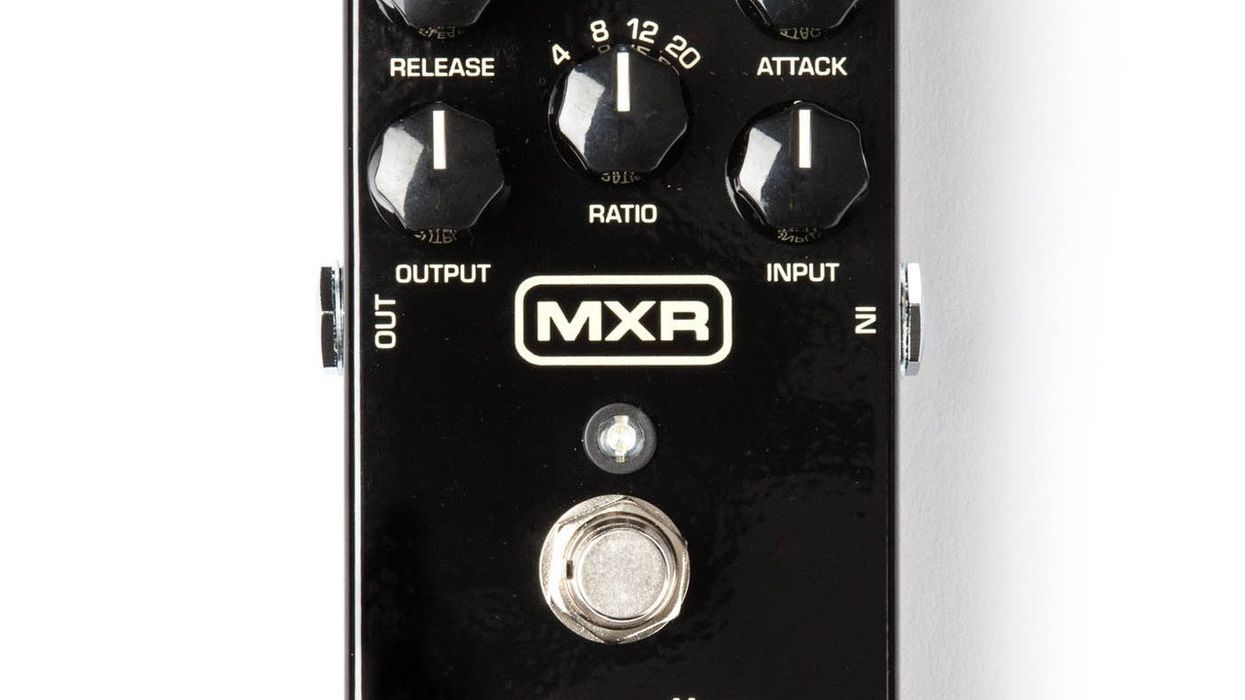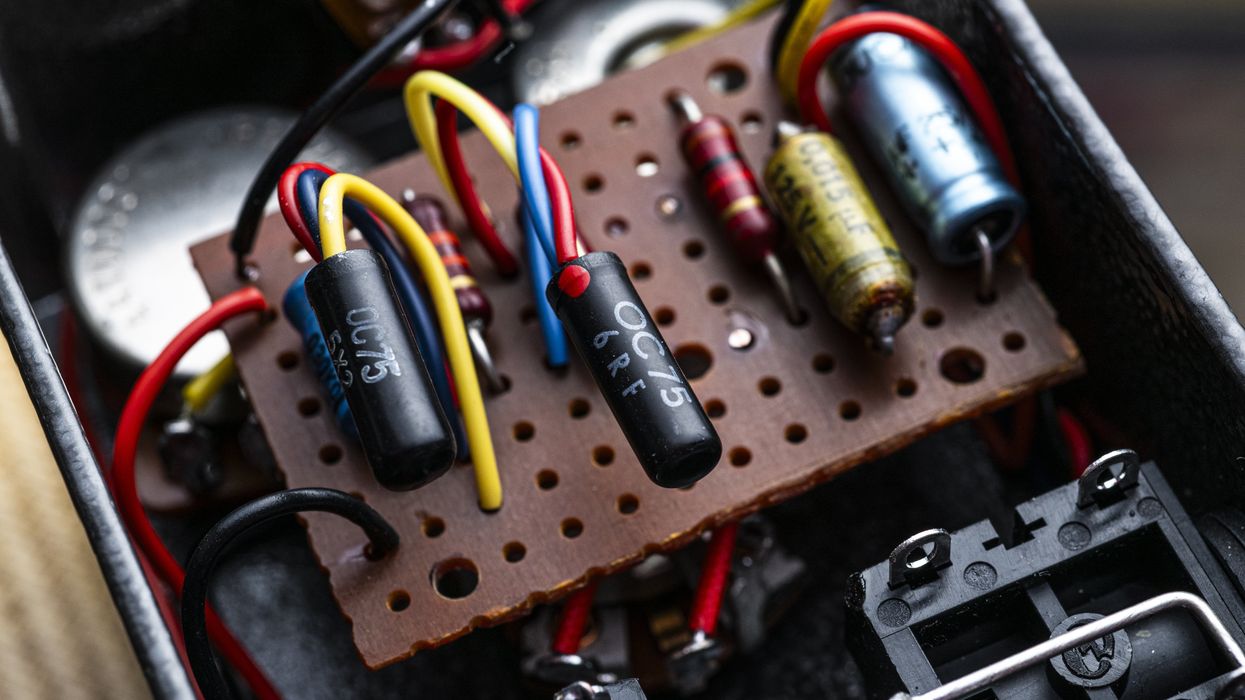A heavy-duty, isolated power supply that costs $200 to $250? Nah, I’ll just find a cheap off-brand one on Amazon. But a $450 point-to-point, 2-knob fuzz pedal? Heck yeah!
I’ve been going on rants in the shop lately about pedalboard rigs that feature expensive effects pedals but are powered by inexpensive and less-than-desirable power supplies. Why would this scenario ever show itself? My hypothesis comes down to “allure.” By this, I mean that power supplies, compared to pedals, aren’t exactly exciting. They’re not something that we get to use artistically. We don’t pine for them or get to create with them. It’s not a reverb pedal that you become immersed in for hours on end. It’s not a delay pedal that lets you tap the tempo with your foot and set subdivisions on. I doubt anyone has ever exclaimed, “I got this new power brick and it inspired three new songs in the studio!”
So why aren’t power supplies more intriguing to us, especially with all these new ones that feature switch-mode power, variable voltage outputs, and extensions for linking additional power bricks? I would say that it is due to the fact that they are inherently a utility device. Much like a buffer or tuner, they serve a foundational purpose, as opposed to a creative one. (I would like to point out that those buffer and tuner pedals are at the mercy of the power supply.)
I imagine a lot of us have experienced a noisy pedal in some aspect or another, such as something digital with a high-current draw, or a pedal with a clock (like a delay or chorus). In my tenure, I’ve fielded a good amount of emails from customers about this exact thing, in particular our Triplegraph and Polaris—the former a high-current, DSP device and the latter a BBD chorus. Most email inquiries come in because of noise issues, of which 95 percent are diagnosed as suffering from a bad power supply or wall wart and are then remedied with a superior power unit.
The poor quality power-supply or daisy-chain pedalboard rigs are still running amok in the effects pedal world. The power supply is the lifeblood of the pedalboard, so it’s strange to see high-quality, personally picked, meticulously crafted signal chains being held back by weak power bricks.
“I doubt anyone has ever exclaimed, ‘I got this new power brick and it inspired three new songs in the studio!’”
Let’s play out a scenario to give some perspective and illustrate the point that I’ve been driving at. Let’s say the average pedal is $150. (I think this may be a bit low, but I’m trying to incorporate affordable boost pedals and utility pedals, as well as more expensive digital units.) Now, let’s say the average pedalboard consists of eight pedals. The total cost of the pedals on that board is $1,200. A quick Amazon search for pedal power supplies yields a $40 supply. If you showed up to practice with that, there’s a good chance nothing would be said. Conversely, if you showed up with a $1,200 guitar and a $40 amp, you’re almost guaranteed to catch some glances and draw some questions.
I’m firmly aware that not everyone’s pockets are the same and that a lot of us have to choose our purchasing battles wisely. This kind of goes back to the “alluring” piece of gear winning out over the utility piece.
I’d like to expand on the $1,200 board scenario. I’ve been building pedalboard rigs on the side for about five years now. Pretty much all pedalboards that I build either meet or exceed that $1,200 value. When suggesting a power supply to install in these rigs, I reference bricks from a few manufacturers, usually Truetone, Voodoo Lab, and Strymon—Cioks also makes great options. All of these companies make power supplies that could efficiently power that hypothetical board filled with eight pedals. Let’s take the most expensive supply among the three manufacturers’ products, priced at $279. That power supply for your $1,200 pedalboard would be about 23 percent of the cost of all eight pedals.
Most gear in our music world, including power supplies, falls into that retail razor: “Buy nice, or buy twice.”




